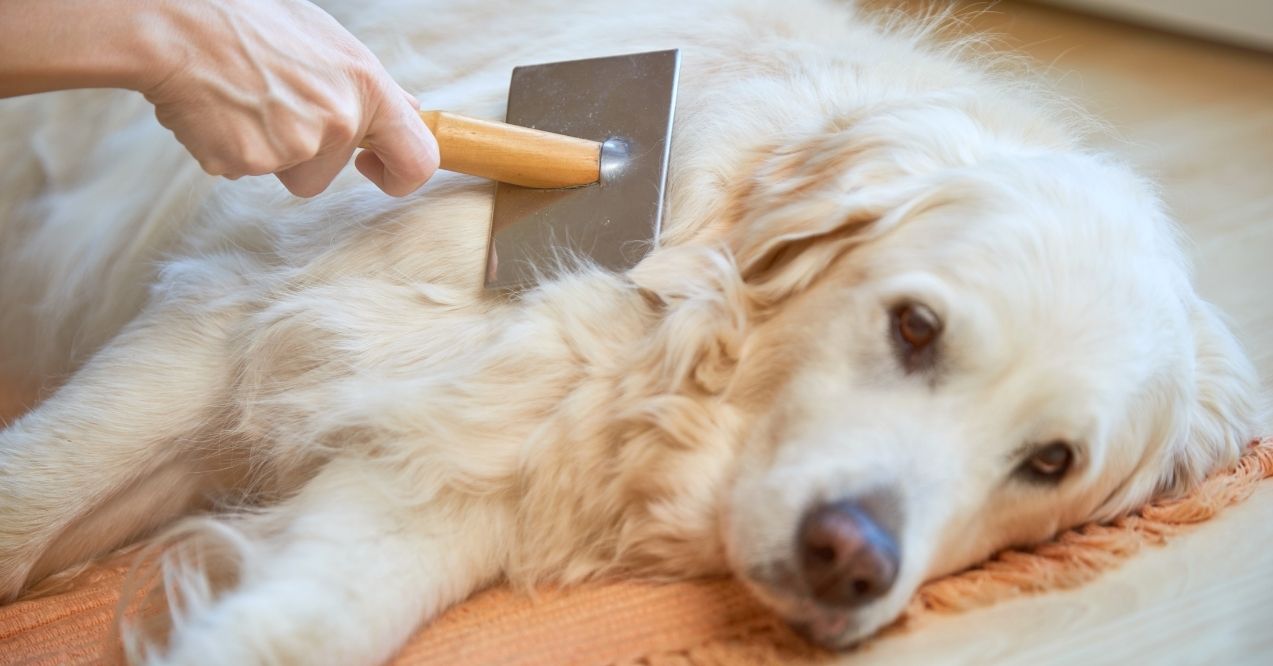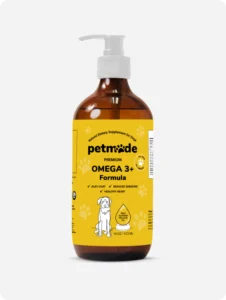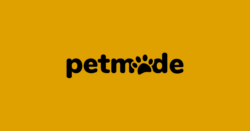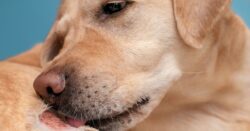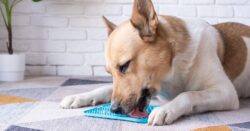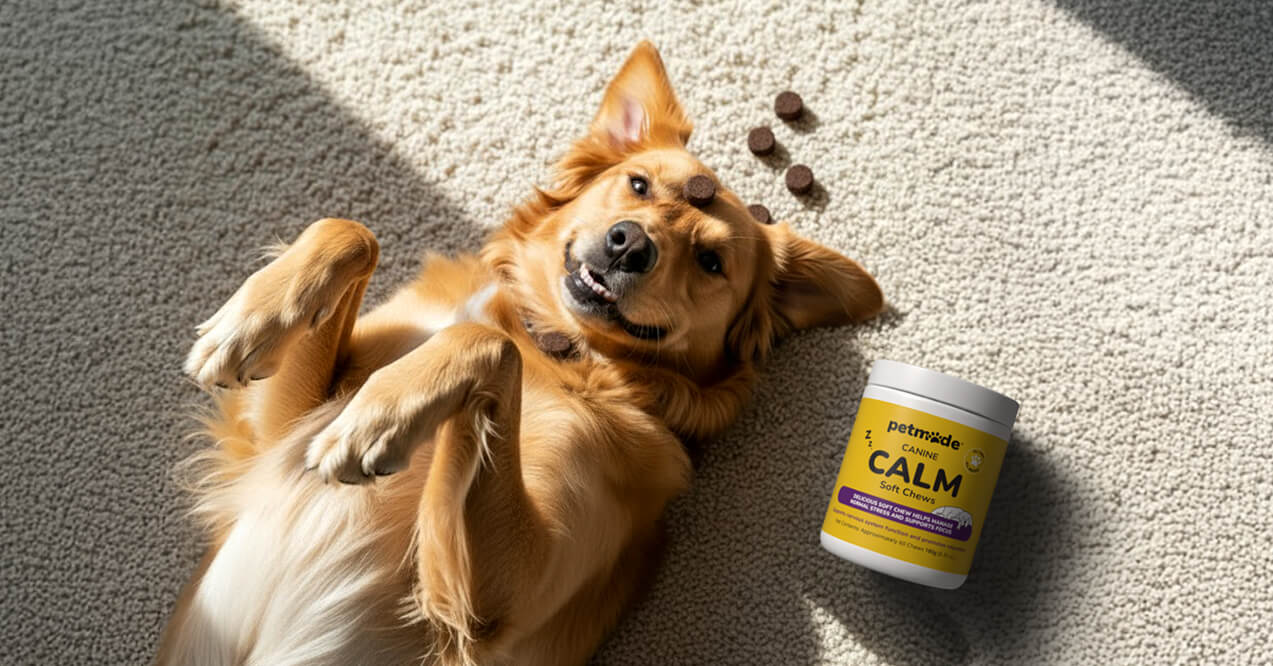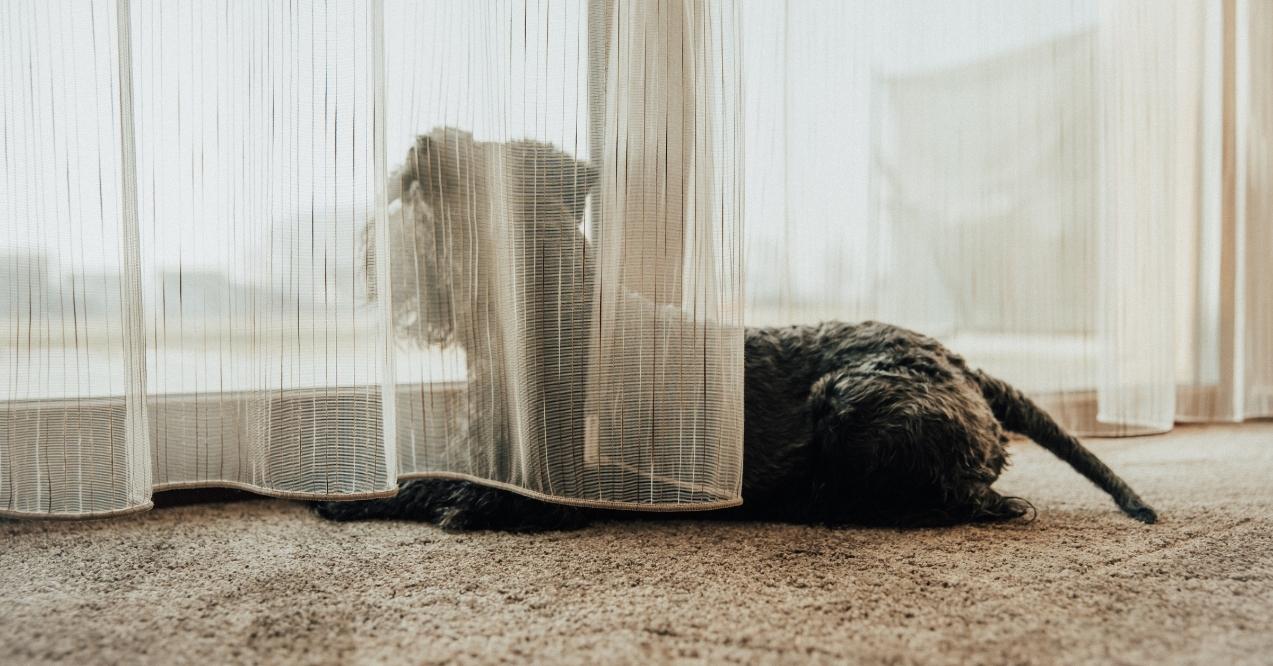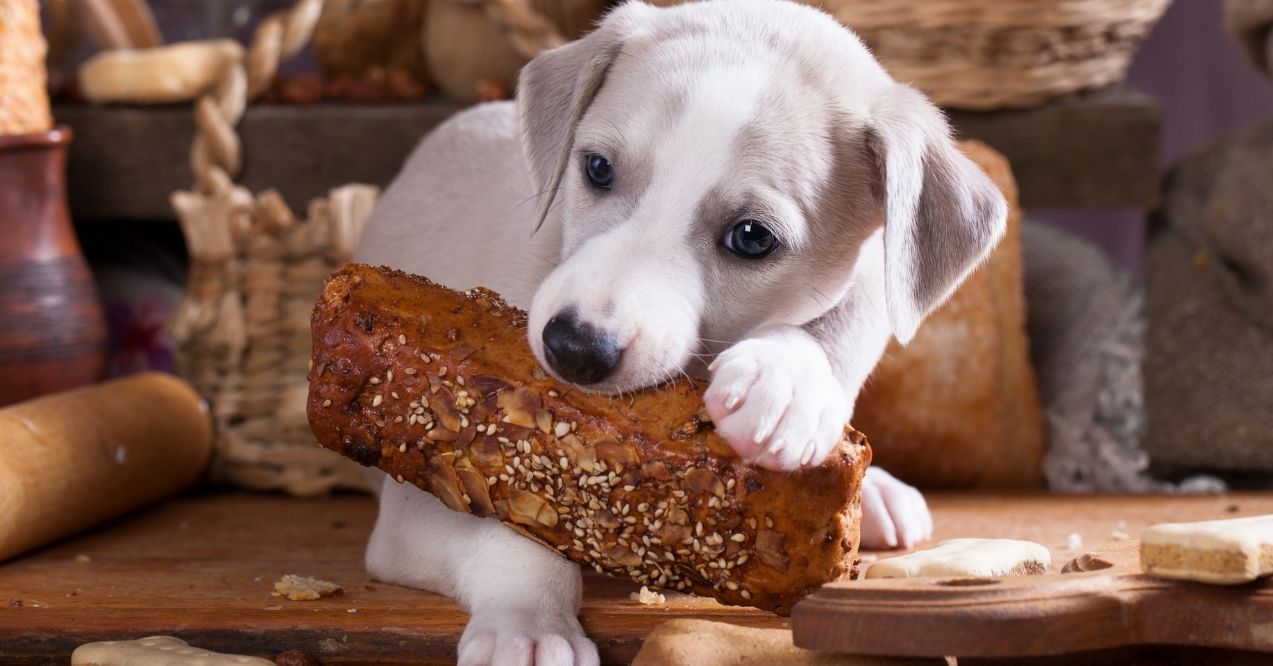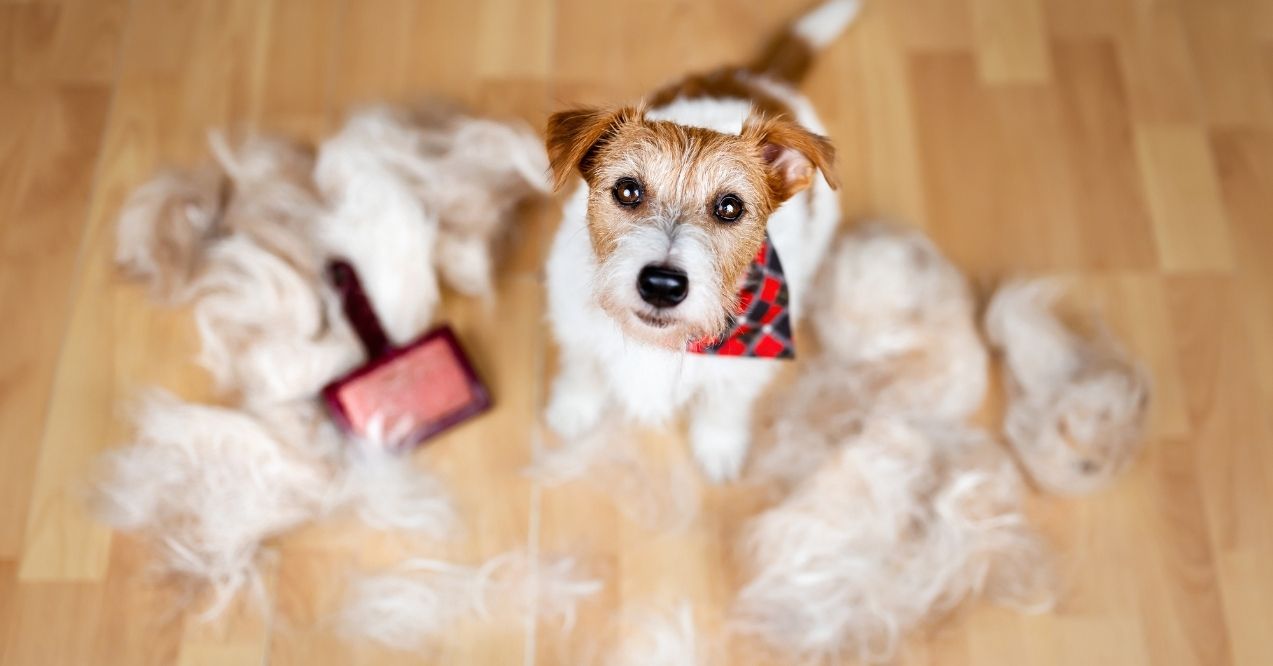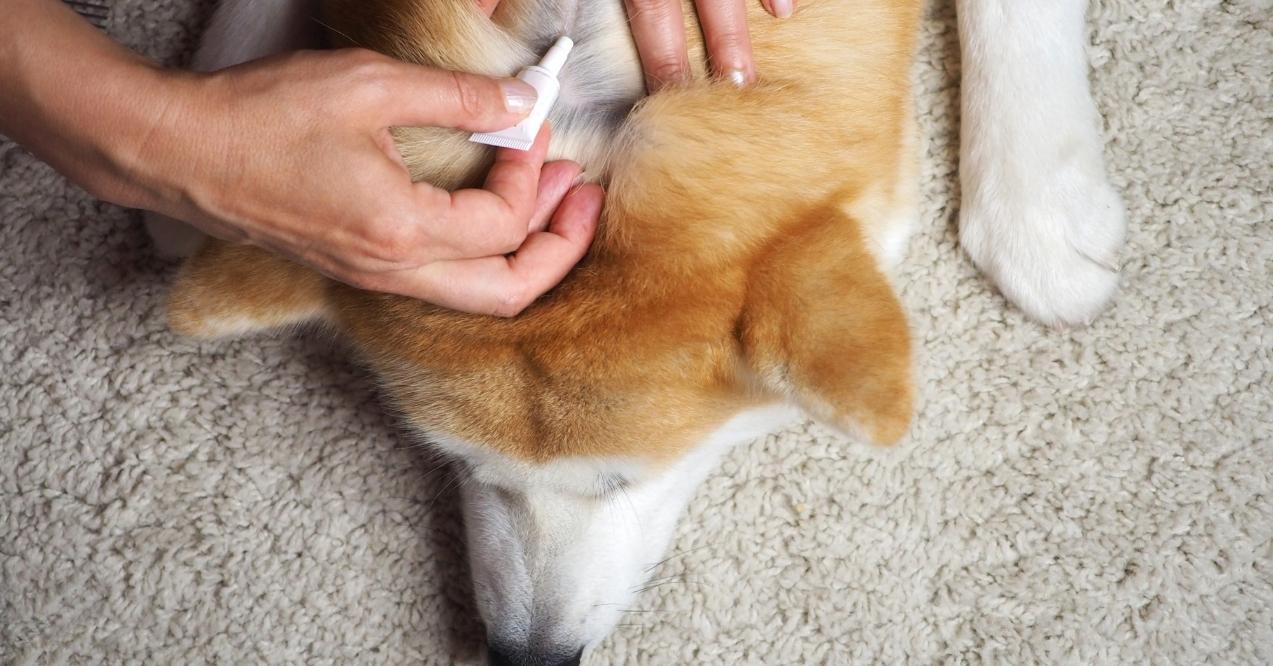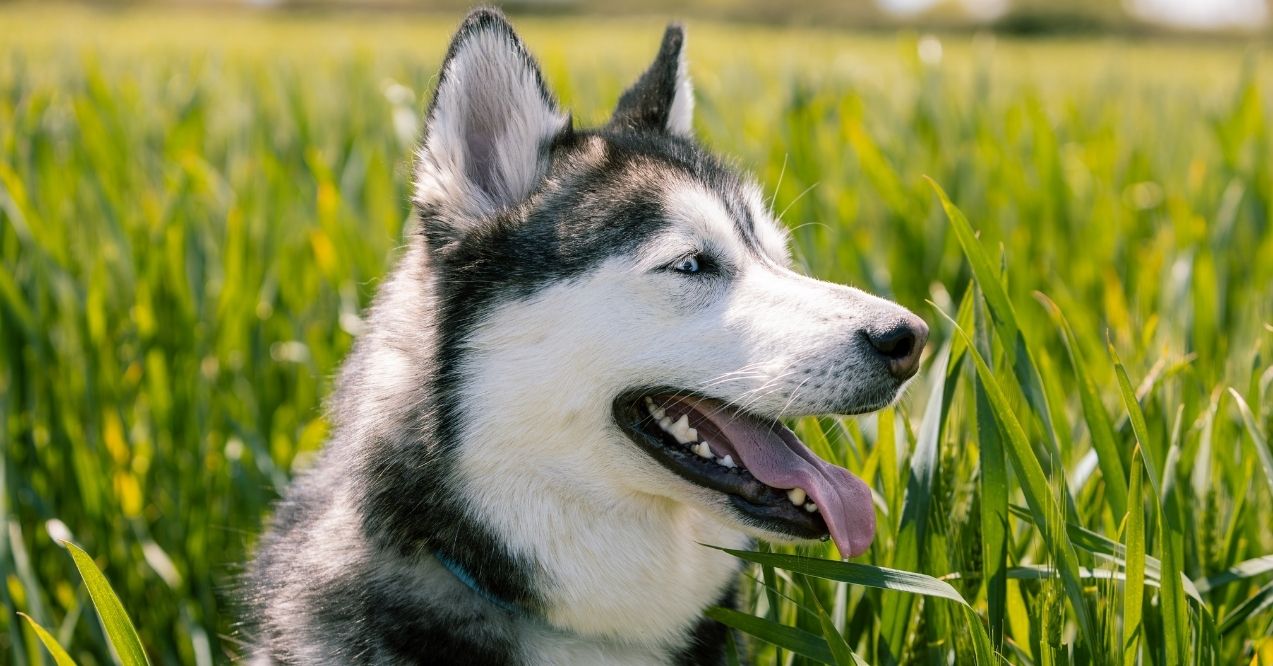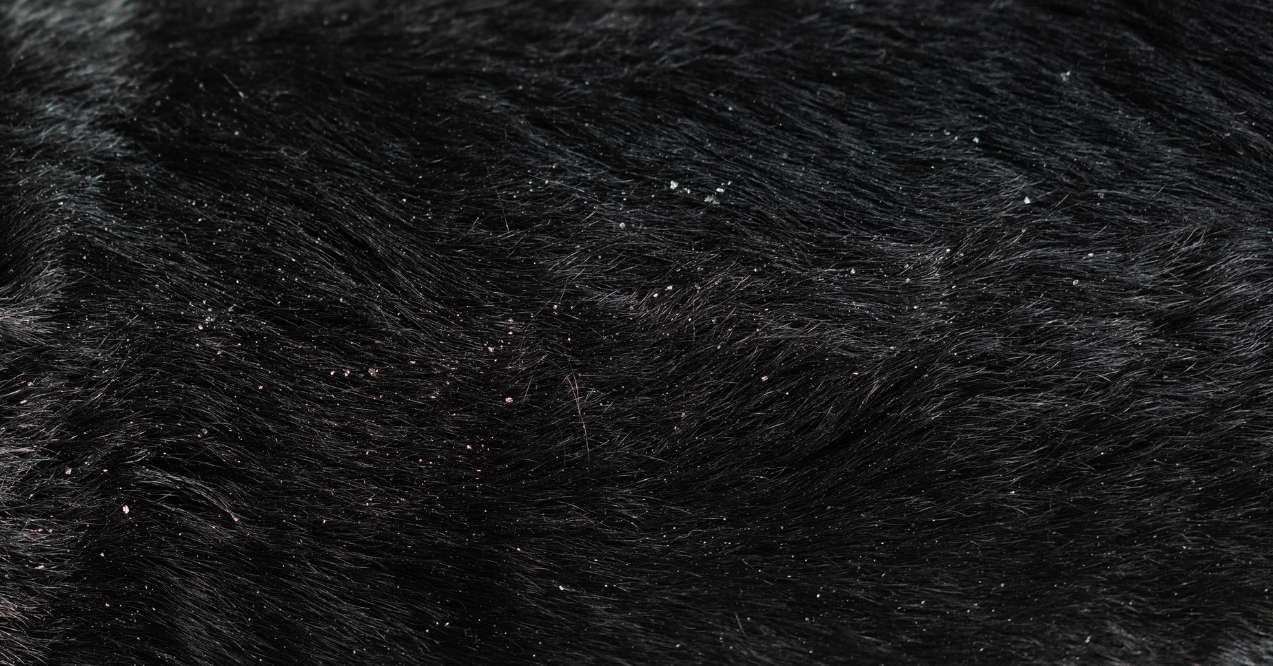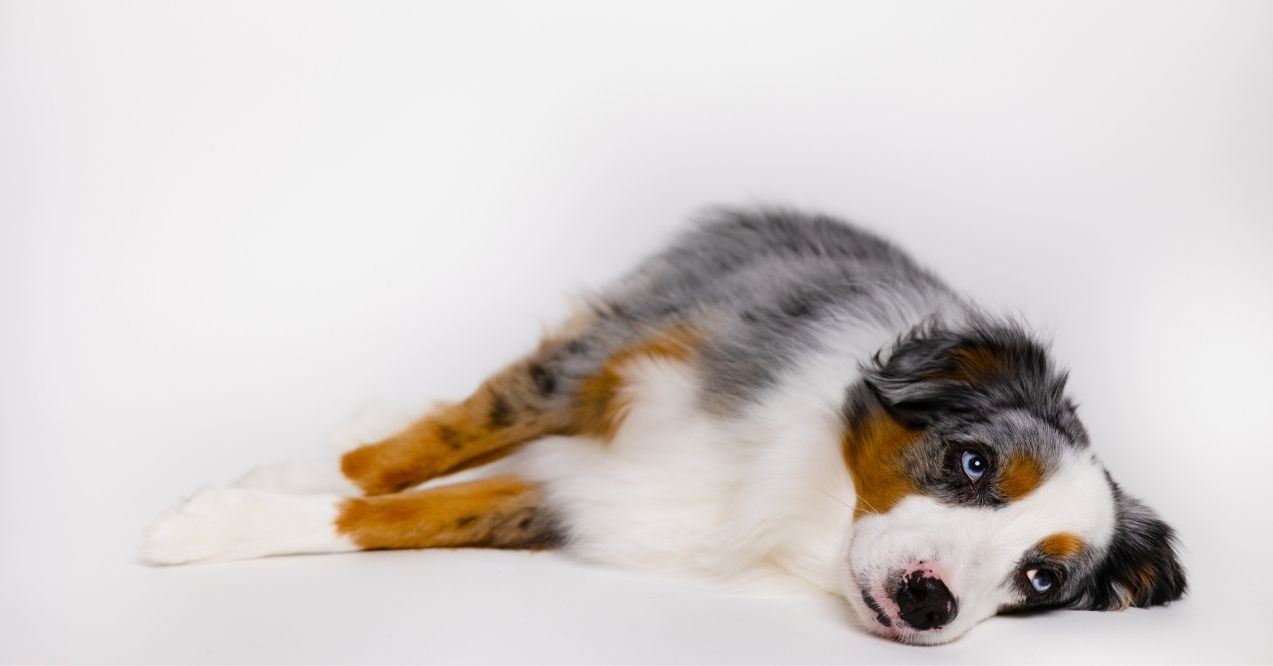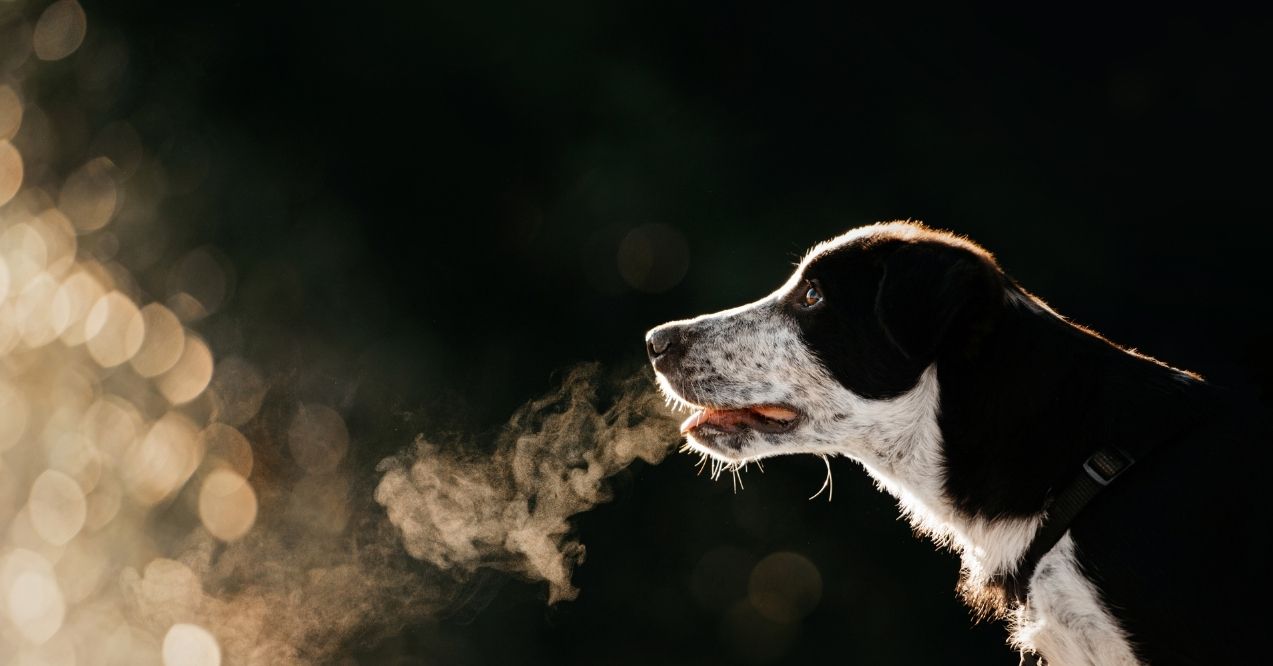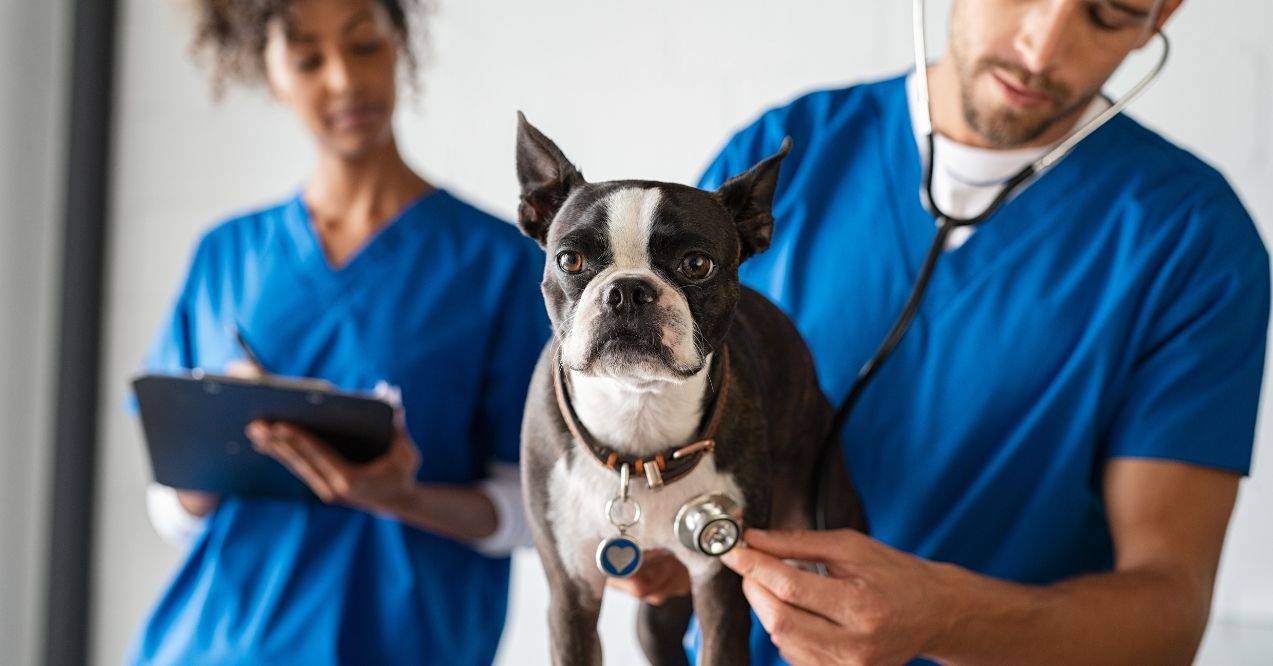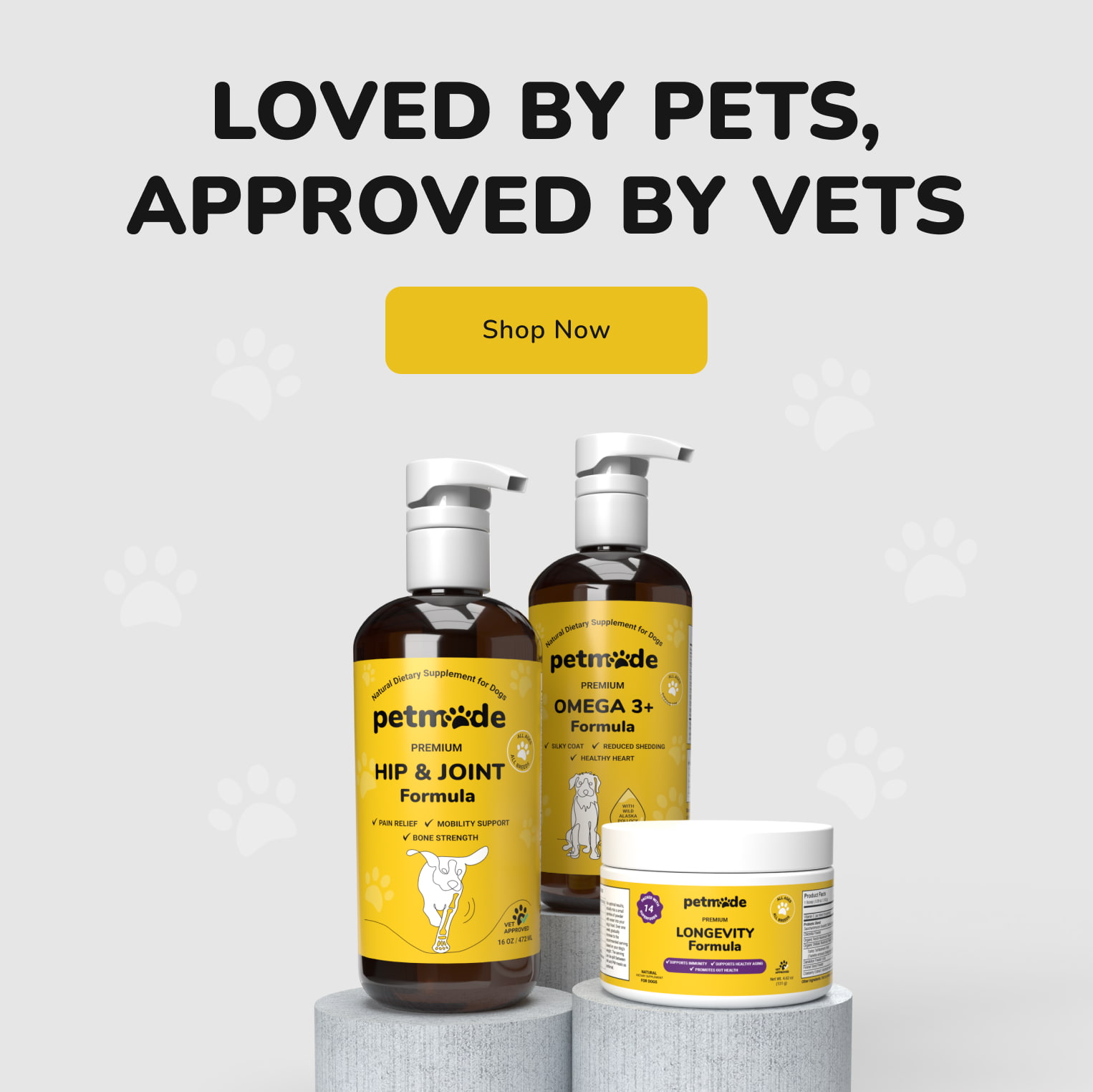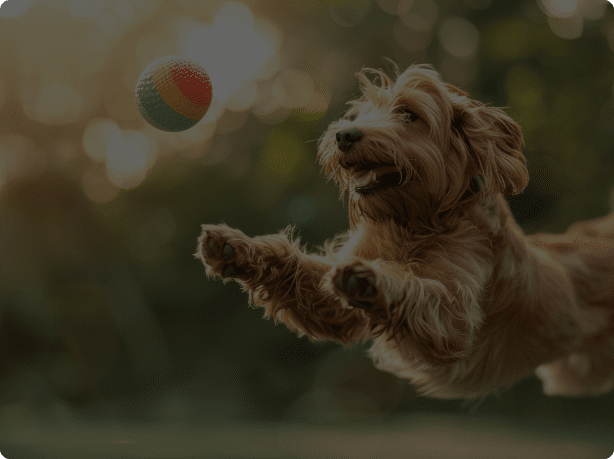Old Dog Losing Hair? Here’s What Might Be Causing It
Noticing your old dog losing hair can tug at any pet parent’s heartstrings. Whether it’s thinning patches on their back or excessive fur on your furniture, watching your senior companion’s coat change brings natural concern. While aging does affect your dog’s coat in various ways, significant hair loss often signals other manageable factors at play.
This guide walks through the common causes behind coat changes in senior dogs, helping you spot the difference between normal aging and signs that need attention while offering practical ways to support your furry friend’s comfort.
Is Hair Loss Normal for Older Dogs?
Do dogs lose hair as they age? The short answer is yes and some changes are perfectly natural. As dogs enter their senior years, their skin becomes less elastic and their coat may lose some of its youthful luster. You might notice the fur feels slightly thinner or less soft than during their younger days.
These gradual changes happen because aging affects oil production in the skin and the overall hair growth cycle slows down. However, there’s a significant difference between mild thinning and concerning hair loss that leaves visible bald spots or irritated skin.
Natural Aging vs. Hair Loss Red Flags
Normal aging brings subtle coat changes: slightly less density, a bit more shedding during seasonal transitions, or fur that feels drier. These changes happen gradually over months or years. Red flags that suggest something beyond normal aging include sudden bald patches, skin that looks pink or inflamed, constant scratching or licking at specific spots, or hair that comes out in clumps when gently touched.
6 Common Reasons for Senior Dog Hair Loss
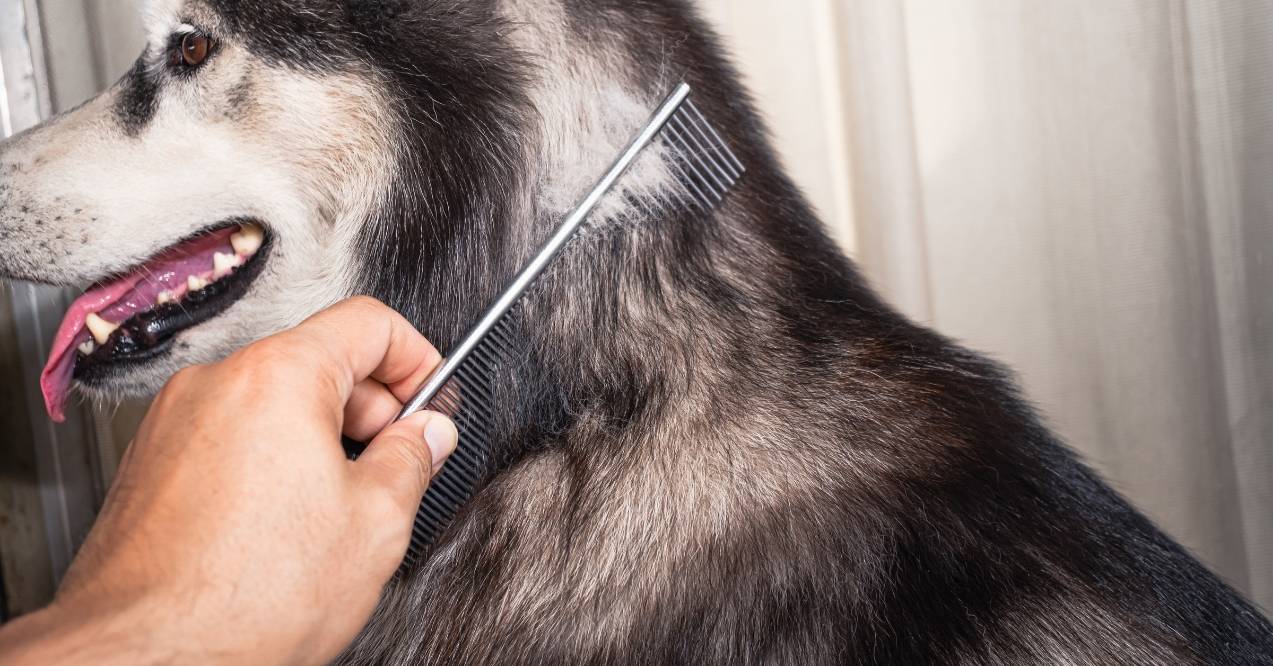
Senior dog hair loss stems from various sources including physical changes, environmental factors, and even emotional shifts all play roles.
1. Seasonal Shedding
Dogs naturally shed more during spring and fall as daylight hours change. This process may intensify in senior dogs, making it seem like they’re losing excessive amounts of fur. The key indicator of normal seasonal shedding: the hair loss happens evenly across their body without creating bare spots. You’ll find fur everywhere, but your dog’s skin underneath looks healthy and normal-colored.
2. Nutritional Gaps
An elderly dog losing hair might simply need a dietary boost. Senior dogs often require different nutrient ratios than their younger selves. Protein helps maintain healthy fur growth, while omega-3 fatty acids keep skin supple and coat shiny. B-vitamins, especially biotin, support the hair growth cycle. When these nutrients fall short, the coat suffers first. Consider what to feed old dogs to ensure they’re getting age-appropriate nutrition.
3. Skin Sensitivities or Environmental Irritants
Aging skin becomes more sensitive to environmental factors. Dry winter air, harsh cleaning products, or even a new laundry detergent for their bedding can trigger reactions. Some dogs develop sensitivities to common household items they previously tolerated well. Watch for patterns. Does the hair loss worsen after cleaning day? Learning what to do about dog skin allergies can help you identify and minimize these triggers.
4. Parasitic Discomfort
External visitors like fleas or mites cause intense itching, leading to hair loss from scratching and biting. You might notice your dog losing hair on tail areas or an old dog losing hair on back since these are common spots where dogs can reach to scratch. Regular gentle grooming helps you spot these unwanted guests early. Look for tiny black specks (flea dirt) or excessive scratching focused on specific body areas.
5. Hormonal Shifts in Aging Dogs
Internal body changes naturally occur as dogs age, potentially affecting coat health. These age-related internal shifts may cause fur to thin symmetrically on both sides of the body. Dogs experiencing hormonal changes often show other signs too: increased thirst, changes in appetite, or shifts in energy levels. The coat may appear dull overall rather than showing distinct bald patches.
6. Stress and Lifestyle Disruption
Senior dogs thrive on routine, and disruptions can trigger stress-related shedding or overgrooming. Changes like moving homes, new family members, altered walking schedules, or less frequent social interaction may lead to excessive licking or chewing. This behavior-driven hair loss often appears in spots dogs can easily reach. Learning about why dogs bite themselves helps identify stress-related grooming habits.
How to Support a Senior Dog’s Coat at Home
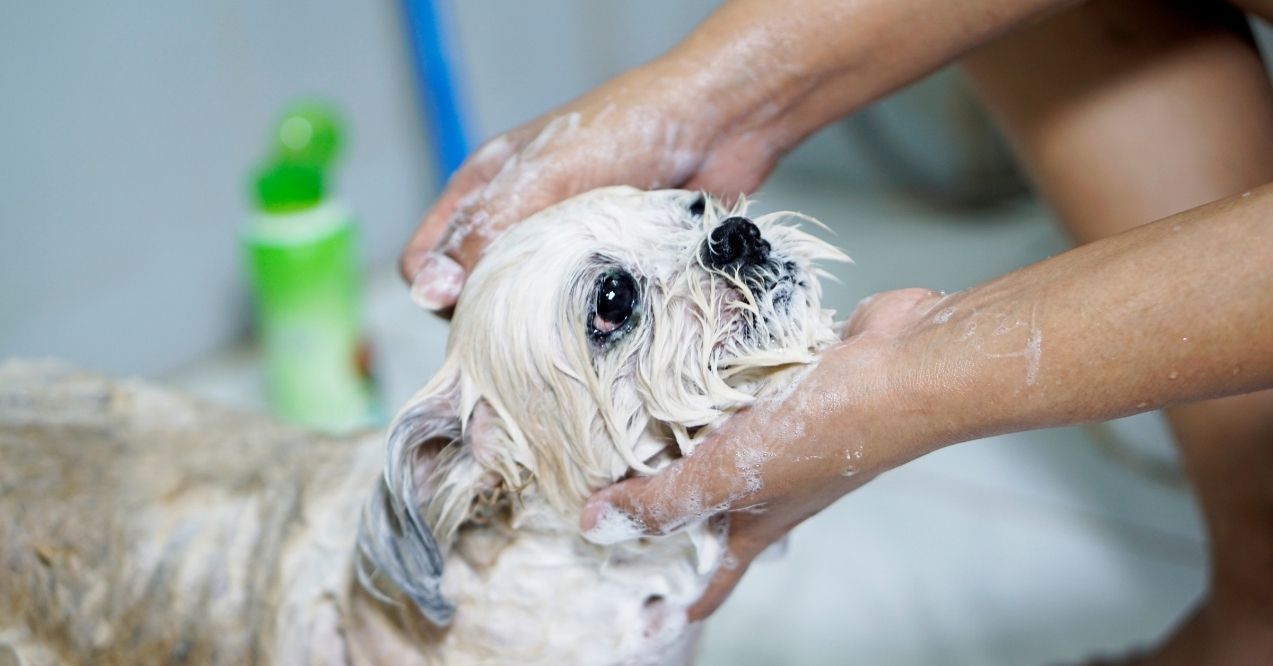
Supporting your senior dog’s coat health involves simple adjustments to daily care routines. These gentle approaches help maintain coat quality while keeping your old dog losing fur to a minimum. The key lies in consistency and paying attention to what works best for your individual dog’s needs. Every senior dog responds differently, so finding the right combination of care techniques may take some experimentation.
Hydrating Grooming Habits
Gentle grooming becomes even more essential for aging dogs. Use soft-bristled brushes that won’t irritate sensitive skin. Moisturizing shampoos designed for senior dogs help maintain skin hydration. Aim for bathing every 4-6 weeks unless they get particularly dirty. Avoid hot water, which strips natural oils, opting for lukewarm temperatures instead. After bathing, ensure thorough drying to prevent skin irritation.
Coat-Supportive Nutrition
Quality nutrition forms the foundation of healthy skin and coat. Senior dogs benefit from diets rich in high-quality proteins and omega-3 fatty acids. These nutrients support skin elasticity and promote a glossy coat. Consider supplements specifically formulated for skin and coat health if your dog’s regular food lacks these components.
Comfort in the Home Environment
Your home environment significantly impacts coat health. Dry air, especially during winter heating season, can worsen skin issues. A humidifier in your dog’s favorite resting areas adds moisture to the air. Choose soft, hypoallergenic bedding materials and wash them with fragrance-free detergents. Maintain consistent temperatures to avoid stress-induced shedding from being too hot or cold.
Age-Specific Coat Changes Guide
| Age Group | Normal Changes | Grooming Adjustments | Special Considerations |
| Early Senior (7-9 years) | Slight texture changes, minor seasonal shedding increase | Regular brushing 2-3x weekly, maintain normal bathing schedule | Watch for new sensitivities to grooming products |
| Middle Senior (10-12 years) | Noticeable thinning, drier texture, slower regrowth | Switch to softer brushes, add conditioning treatments | Increase monitoring for skin irritation, adjust diet if needed |
| Advanced Senior (13+ years) | Significant thinning, very dry coat, patchy areas common | Ultra-gentle tools only, reduce bathing frequency, use leave-in conditioners | Focus on comfort over appearance, extra cushioning during grooming |
When to Start Monitoring Hair Loss Closely
Tracking your dog’s coat changes helps you spot patterns and identify when extra attention may be needed. Keep a simple log noting when and where hair loss occurs, along with any behavior changes. This information proves valuable for recognizing what’s normal for your individual dog versus what might need professional input. Pay attention to timing. Does shedding increase after specific events or during certain seasons? Notice whether your dog seems comfortable or shows signs of irritation like excessive scratching or licking.
Normal Shedding vs. Concerning Hair Loss
| Normal Shedding | Warning Signs |
| Even distribution across body | Distinct bald patches or spots |
| Seasonal timing (spring/fall) | Year-round excessive loss |
| Healthy skin underneath | Red, flaky, or discolored skin |
| No behavior changes | Constant licking or scratching |
| Gradual process | Sudden onset or rapid progression |
| Soft, normal-textured skin | Oily, smelly, or irritated areas |
Conclusion
Discovering why your old dog losing hair requires patience and observation. While some coat changes naturally accompany aging, many causes of hair loss in senior dogs stem from manageable factors like seasonal shedding, nutritional needs, or environmental sensitivities.
Back hair loss often results from flea activity, environmental allergies, or dry skin. This area experiences frequent contact with bedding and is a common scratching spot.
Mild thinning occurs naturally with age, but significant hair loss typically has specific causes like nutritional gaps, parasites, or environmental factors.
Tail hair loss may indicate flea concentration, stress-related overgrooming, or contact irritation from surfaces where your dog rests.
Advertisement. This site offers health, wellness, fitness and nutritional information and is designed for educational purposes only. You should not rely on this information as a substitute for, nor does it replace, professional medical advice, diagnosis, or treatment. If you have any concerns or questions about your health, you should always consult with a physician or other health-care professional. Do not disregard, avoid or delay obtaining medical or health related advice from your health-care professional because of something you may have read on this site. The use of any information provided on this site is solely at your own risk.
